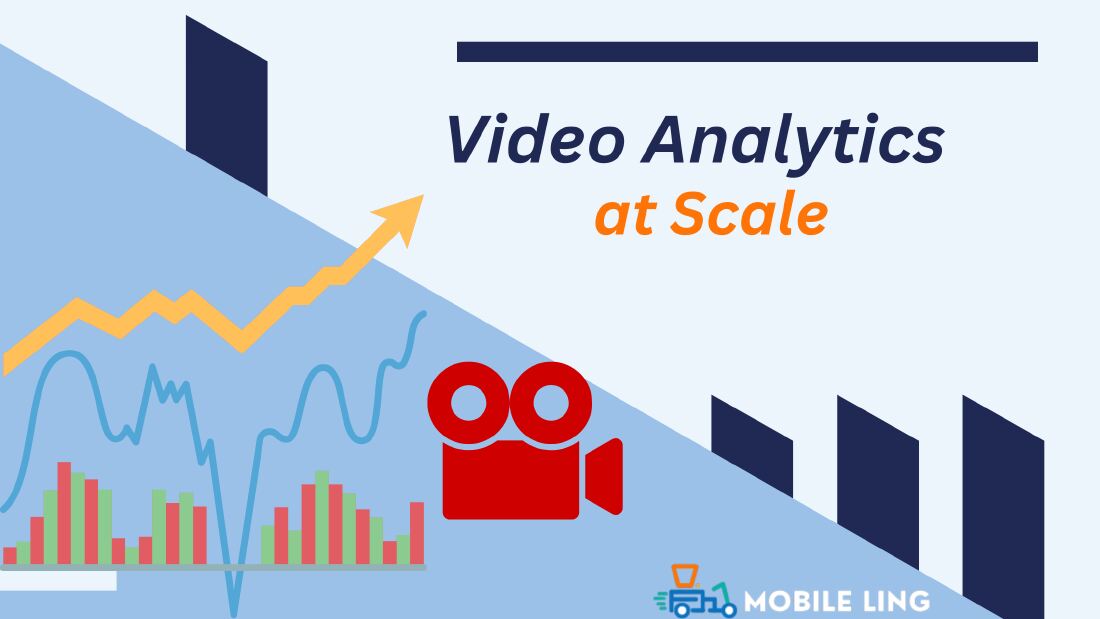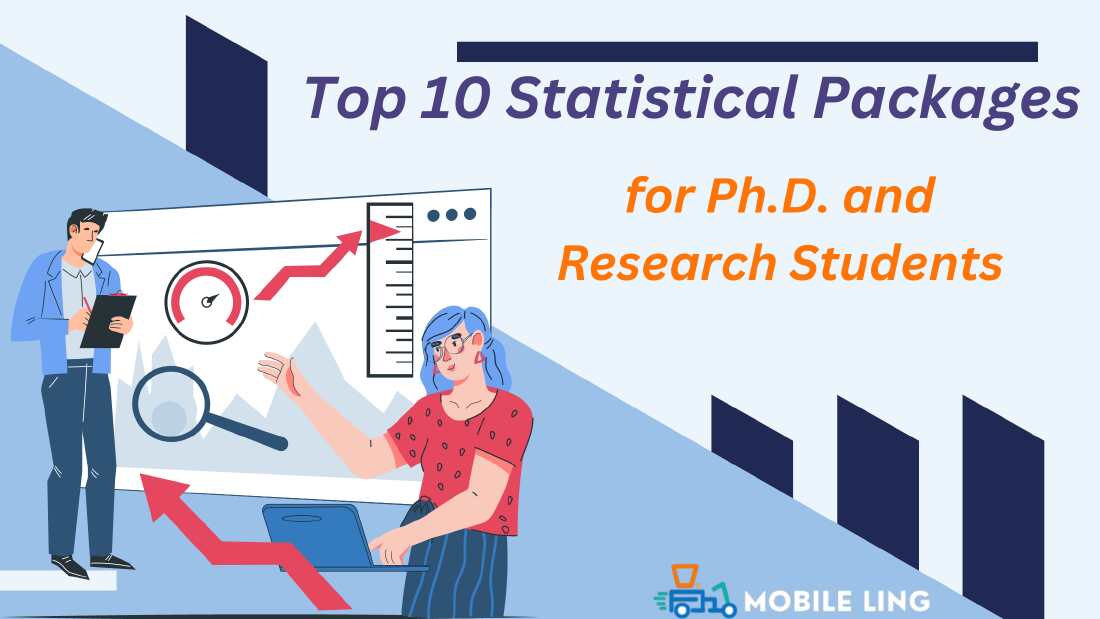In 2023, video analytics has become integral to various industries, particularly security surveillance. As technology continues to evolve, the ability to analyze vast amounts of video data at scale has become paramount for organizations worldwide.
However, along with the promise of increased efficiency and insights come unique challenges that must be addressed to maximize the benefits of video surveillance. In this article, we will explore the challenges businesses face when implementing video surveillance solutions at scale and delve into best practices to effectively overcome these hurdles.
The Rise of Video Analytics in Security Surveillance
Video surveillance has revolutionized security surveillance, empowering organizations to monitor and protect their assets more efficiently and accurately.
Machine learning and artificial intelligence advancements have allowed for real-time analysis, making it possible to detect anomalies, track individuals, and identify suspicious activities more effectively than ever.
The Challenges of Scaling Video Analytics
Data Management and Storage
One of the primary challenges in implementing video surveillance at scale is managing and storing the massive amounts of video data generated daily.
High-definition cameras, 24/7 monitoring, and multiple locations contribute to a data explosion, requiring robust storage solutions that are both cost-effective and easily accessible.
Processing Power and Speed
Real-time video analysis demands significant processing power. Organizations must invest in advanced hardware and cloud infrastructure to handle the computational requirements of analyzing video streams without compromising speed and accuracy.
[source: pexels.com]
Network Bandwidth
Transmitting and receiving large volumes of video data in real-time can strain network bandwidth, leading to latency issues and data transmission bottlenecks.
Implementing video surveillance at scale necessitates a network architecture that efficiently handles high data throughput.
Privacy and Compliance
As video surveillance technology becomes more sophisticated, concerns about privacy and compliance with data protection regulations have grown.
Businesses must strike a delicate balance between enhancing security and respecting individuals’ privacy rights.
Best Practices in Scaling Video Analytics
Prioritize Data Security and Privacy
To address concerns about privacy and compliance, organizations must establish robust data security protocols and comply with relevant regulations.
Implementing data encryption, role-based access controls, and regular audits can help build trust with customers and stakeholders.
Cloud-Based Solutions
Leveraging cloud-based video analytics solutions can alleviate the data storage and processing burden.
Cloud platforms offer scalable infrastructure, enabling businesses to handle fluctuating workloads and access advanced analytics tools without significant capital investments.
- Also read this – https://mobileling.com/javascript-programming-used/
Edge Computing
Deploying edge computing technologies can reduce network bandwidth requirements by performing preliminary data analysis on-site.
Edge devices can process and filter video data before transmitting relevant information to central servers, optimizing network performance.
Hybrid Architecture
A hybrid approach that combines on-premises infrastructure with cloud and edge computing can offer the best of both worlds.
Critical data can be processed locally for immediate action, while non-critical data can be sent to the cloud for long-term storage and further analysis.
AI-Powered Video Analytics
Leveraging AI algorithms for video analytics can significantly enhance accuracy and reduce false positives.
Machine learning models can be trained to recognize specific patterns or objects, improving the precision of security surveillance and reducing human intervention.
Addressing Ethical Concerns in Video Analytics
Facial Recognition and Biometric Data
Facial recognition technology is a powerful tool within video analytics, enabling quick identification of individuals.
However, its widespread use has raised ethical concerns regarding privacy and potential misuse. To address these concerns, organizations should implement strict policies on using biometric data, obtain explicit consent from individuals, and limit access to such data to authorized personnel only.
Bias and Fairness
AI-powered video analytics heavily relies on machine learning models, and these models can be prone to biases present in the training data.
Biases can lead to inaccurate and unfair decisions, especially when identifying individuals based on race, gender, or other sensitive attributes. Organizations must continually monitor and address biases in their algorithms to ensure fair and equitable surveillance practices.
[source: pexels.com]
Integration with IoT and Sensor Data
The Synergy of IoT and Video Analytics
Integrating video analytics with Internet of Things (IoT) devices and sensor data can enhance the overall surveillance system’s capabilities. Combining video data with data from temperature sensors, motion detectors, and other IoT devices can provide a more comprehensive understanding of events and potential security threats.
Data Fusion and Analysis
Businesses can gain deeper insights into security incidents and patterns by fusing data from various sources. Analyzing video data alongside information from environmental sensors can help determine if unusual activities are genuine security threats or triggered by environmental factors, preventing false alarms and improving response times.
Training and Skill Development – Video Analytics
Building Analytical Expertise
To fully leverage video analytics, organizations must invest in training their personnel to use the technology effectively. Employing data analysts and security professionals with video analytics expertise can ensure the system’s potential is fully realized.
Continuous Learning and Adaptation
Video analytics is constantly evolving, with new algorithms and techniques emerging regularly. Businesses must foster a culture of continuous learning and stay updated on the latest advancements to stay ahead of potential security threats.
Conclusion
As the demand for security surveillance continues to rise, implementing video analytics at scale presents business opportunities and challenges.
Organizations can overcome the hurdles and unlock the full potential of video data by adopting best practices such as cloud-based solutions, edge computing, and AI-powered analytics.
However, it is crucial to remain vigilant about data security and privacy concerns to ensure that video analytics remains a powerful tool for safeguarding assets and protecting people in the years to come.





